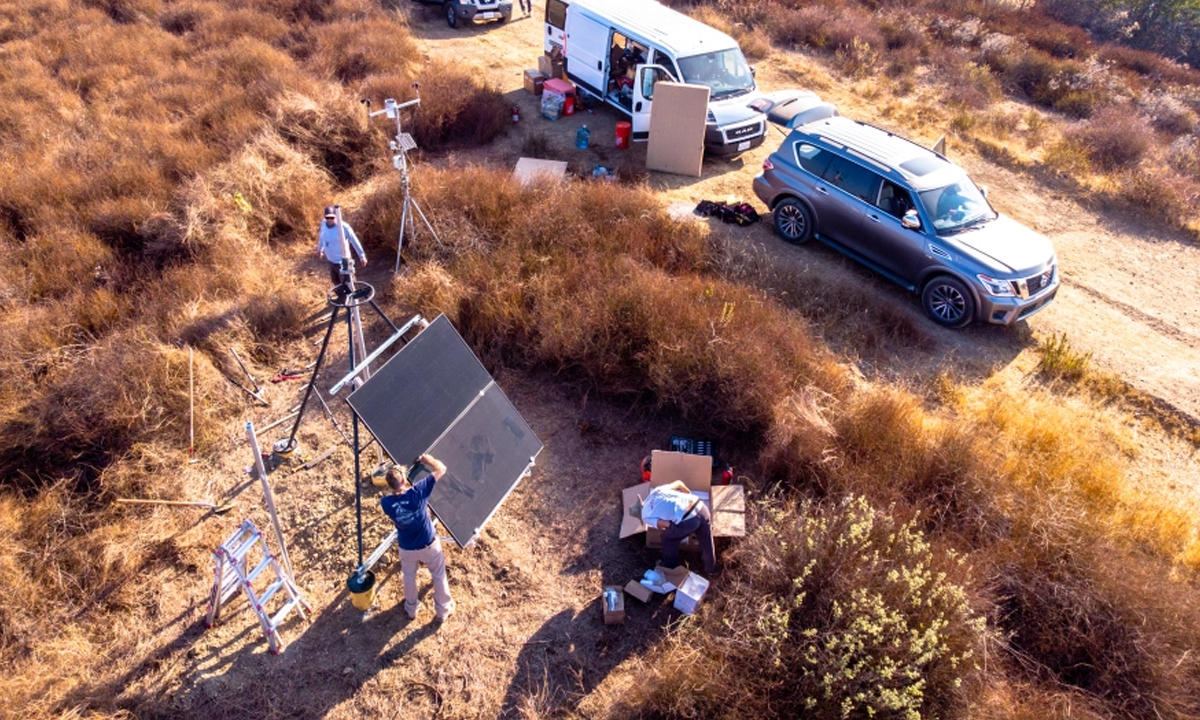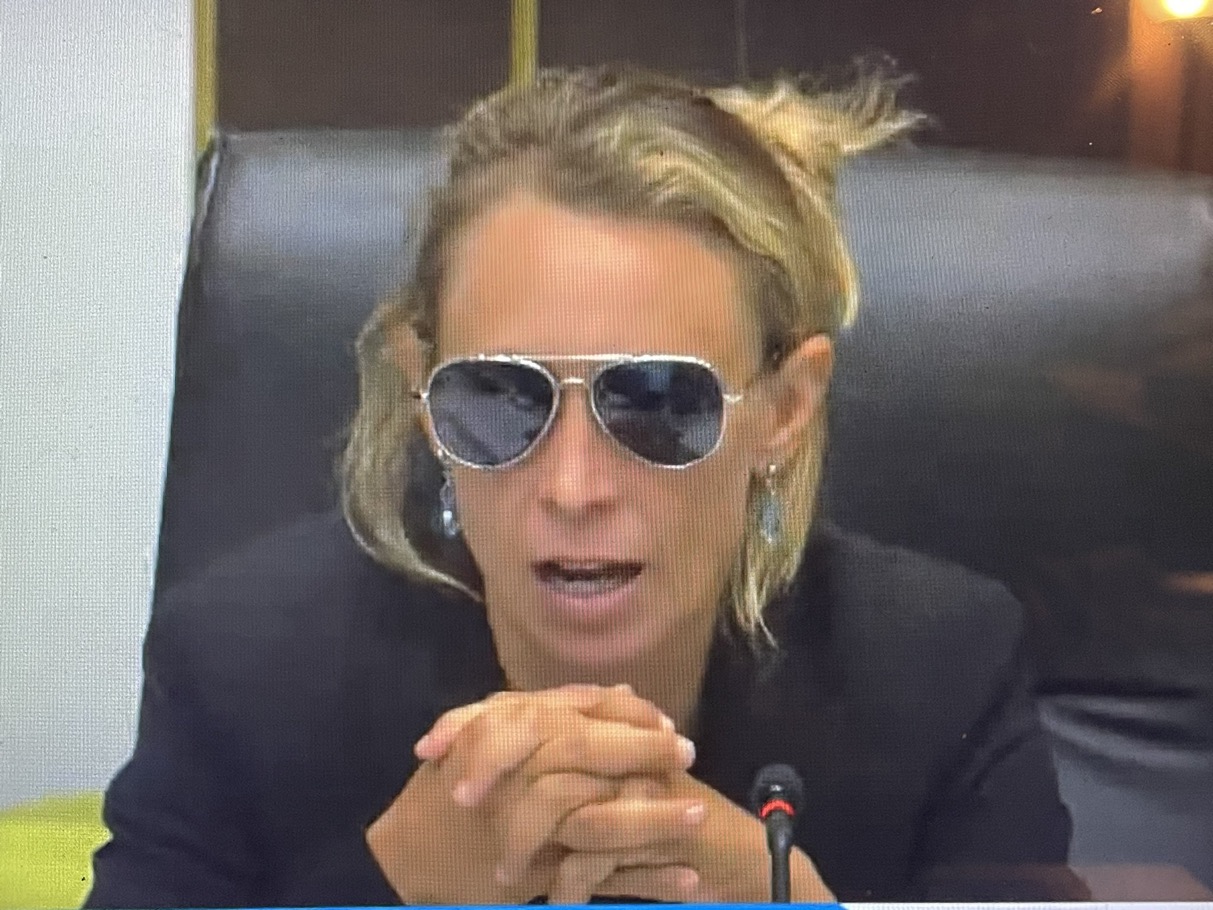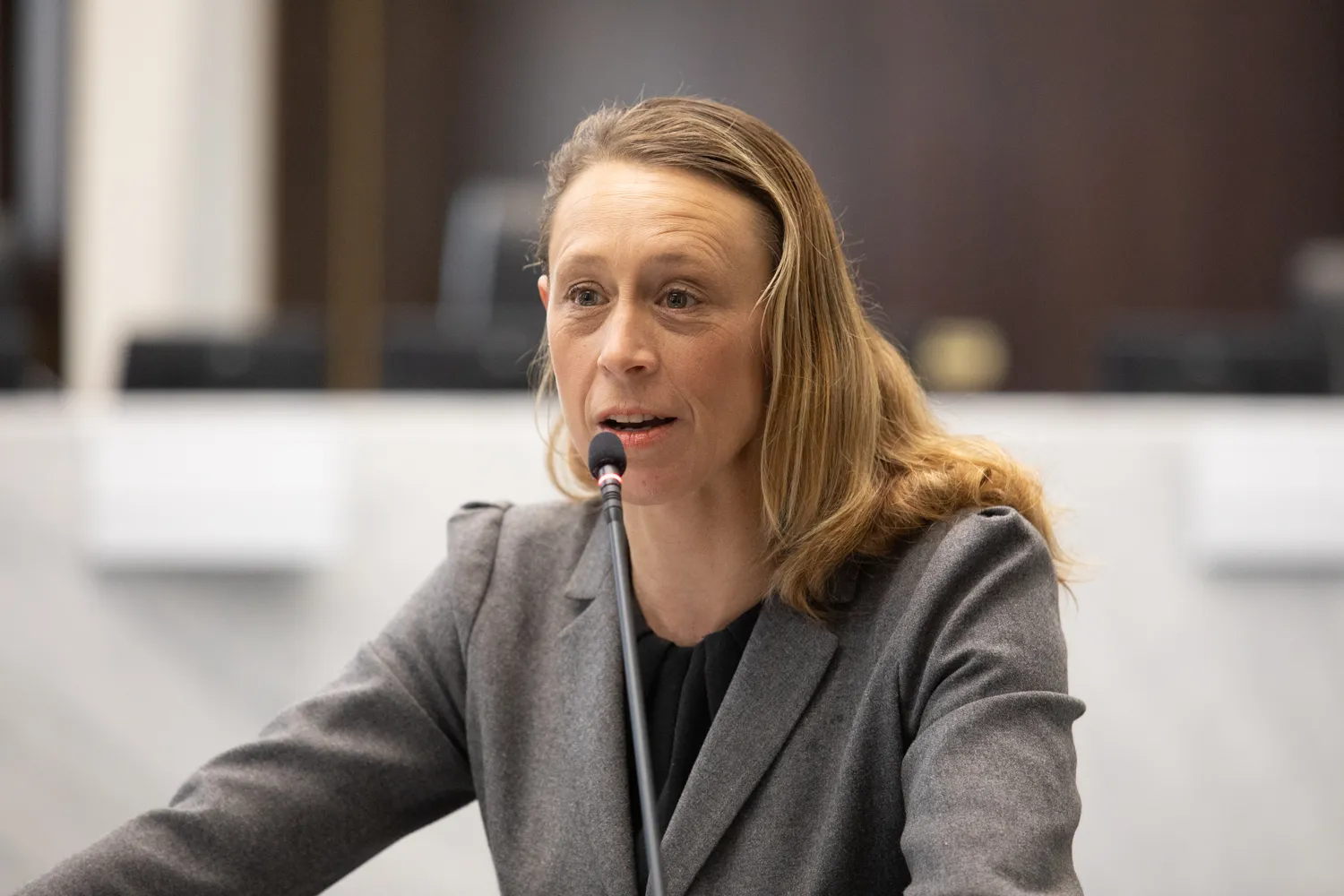Written by Sebastian Acosta
California has remained a constant victim of wildfires for over a century. Nonetheless, first responders are often not given enough warning to effectively put our fires before they spread. Fortunately, an extensive network of high-tech cameras in the backcountry that can spot the first outbreak of flames is constantly growing.
The 610th WILDFire camera was installed in California last month, according to the program office at the Scripps Institute of Oceanography at the University of California, San Diego. Overall, the size of the multi-state camera system has almost doubled in the past four months, primarily in California.
“These cameras save critical time by allowing rapid confirmation of 911 calls and accurate location of new fires using ALERTWildfire web-based interface, time that would otherwise be spent sending engines to mountaintops or launching aircraft to confirm fire ignition and location,” said Geoscientist Neal Driscoll, director of the ALERTWildfire program at UCSD.
The network began as a pilot project for the Tahoe region by the Nevada Seismological Laboratory at the University of Nevada, Reno. In 2015, The Tahoe Prosperity Center raised enough money to place 13 cameras around the lake. CEO Heidi Hill Drum has stated that more than 65 wildfires have been stopped by local firefighters thanks to Tahoe’s camera network.
In California, funding has come from Pacific Gas & Electric, San Diego Gas & Electric, Southern California Edison, and the California Department of Forestry and Fire Protection.
Over 4.1 million acres have been burned in California this year, and too many lives have been lost as a result. Moving forward, thanks to the camera system, the devastation caused by wildfires may be greatly mitigated by a more rapid and efficient response to future incidents.
The camera system will not remedy California’s major forest management problem, but it will at least reduce the damaging effects while we wait for the underlying problem to be addressed.




